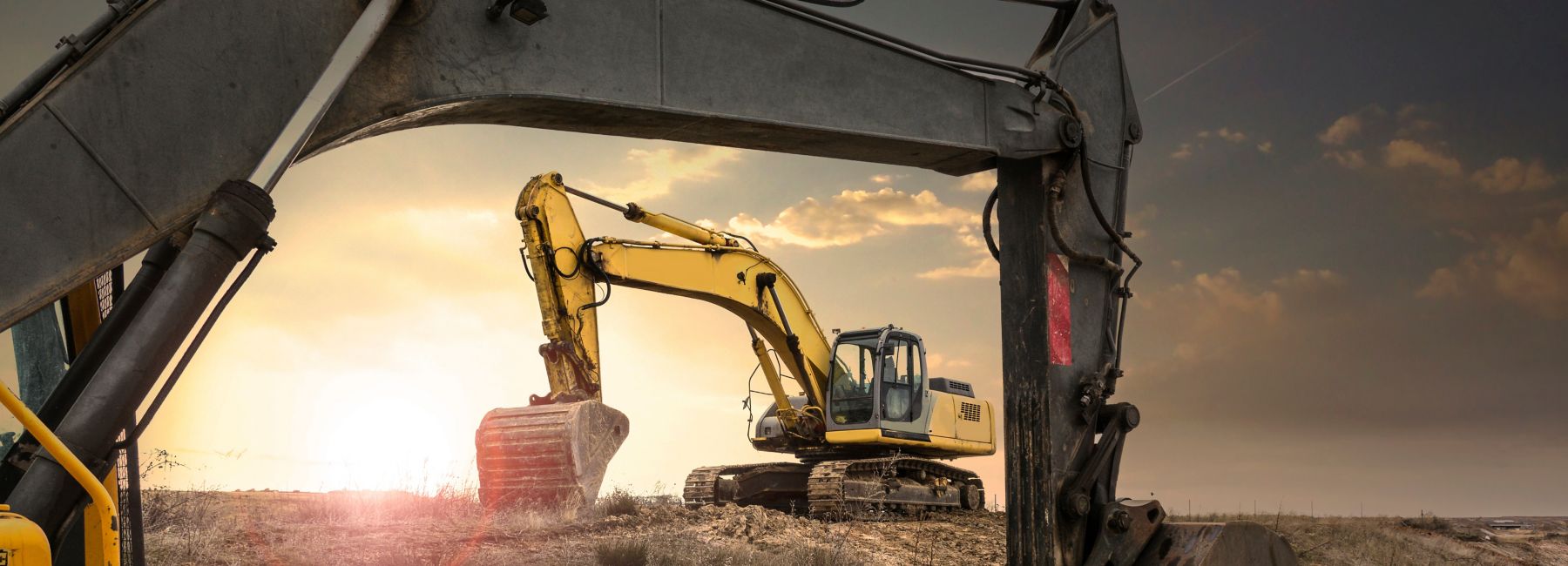Jan. 14, 2020
The concept of creating a “smart factory” by integrating IoT devices, digital twin technology, advanced data analytics and automation of the complete product lifecycle is gaining widespread acceptance.
But what about extending digitization beyond the production line and its immediate environment to include heavy machinery, bulldozers, overhead gantry cranes, oversized trucks, forklifts, oilfield pieces, wheel loaders and earth movers?
By applying next-generation, cloud-based digital access control procedures to the use of heavy industrial machinery, companies can achieve a host of benefits:
- Reduce health and safety risk
- Create an accurate audit trail for use in the event of an accident
- Ensure that only authorized personnel operate the equipment
- Improve the start-up speed for equipment operations
- Improve supervisors’ visibility and control
- Apply checklists so that processes and procedures are consistent
- Provide a view of equipment usage for increased operational effectiveness
Advantages of digital vs. manual processes
In a typical heavy machinery scenario today, a supervisor has physical control of the keys to all vehicles at the facility. When an operator requests access to a specific piece of equipment, the supervisor consults a paper-based system or online database to determine whether the operator is trained, certified and meets all requirements to run that type of heavy machinery. The supervisor then physically hands over the keys.
If multiple people start a shift or happen to request keys at approximately the same time, there will inevitably be delays and long handover times as the supervisor runs around the facility, validating and checking the operators’ credentials to run the heavy machinery, creating a paper-based audit trail and delivering the keys.
In a digital smart factory scenario, each operator swipes a badge to request access like how many companies control access to their buildings. The badge swipe system performs identity management and access control similar to what would occur if a knowledge worker requested access to the IT network. But the smart factory system might also integrate other pieces of relevant information, such as how recently the operator used that type of equipment or their past safety record. There could also be a detailed checklist of pre-use activities the operator is required to perform before operating the equipment. If the operator passes all the criteria, the system then automatically grants access.
This digital process makes access to machinery much quicker and improves productivity. Supervisors only receive notifications of exceptions — such as uncertified operators and failed checklists — and can take action to make sure operators follow proper procedures. Supervisors can also have discretion to override the controls under special circumstances and to document the justification, which becomes part of the audit trail. This all can also be done remotely, again improving productivity.
Having a “smart machinery access” program in place should improve overall machine health and safety. And preserving all this information in digital form comes in handy in the event of an accident that results in property damage or personal injury, either to the operator or to someone else. Companies can also apply analytics to customized reports in order to optimize operations.
The merging of physical security (OT) with cybersecurity (IT) has been happening for quite some time, so most IT staff understand the basic concept pretty well. To integrate OT and IT, the heavy equipment needs to be retrofitted with a card reader system that can access the backend databases.
While smart machine access is still in the early stages of adoption, there are a number of industries — including construction, manufacturing, healthcare, oil and gas, and aerospace and defense — that could benefit from using advanced access controls and pre-use checklists to manage the safe operation of expensive pieces of industrial equipment.
